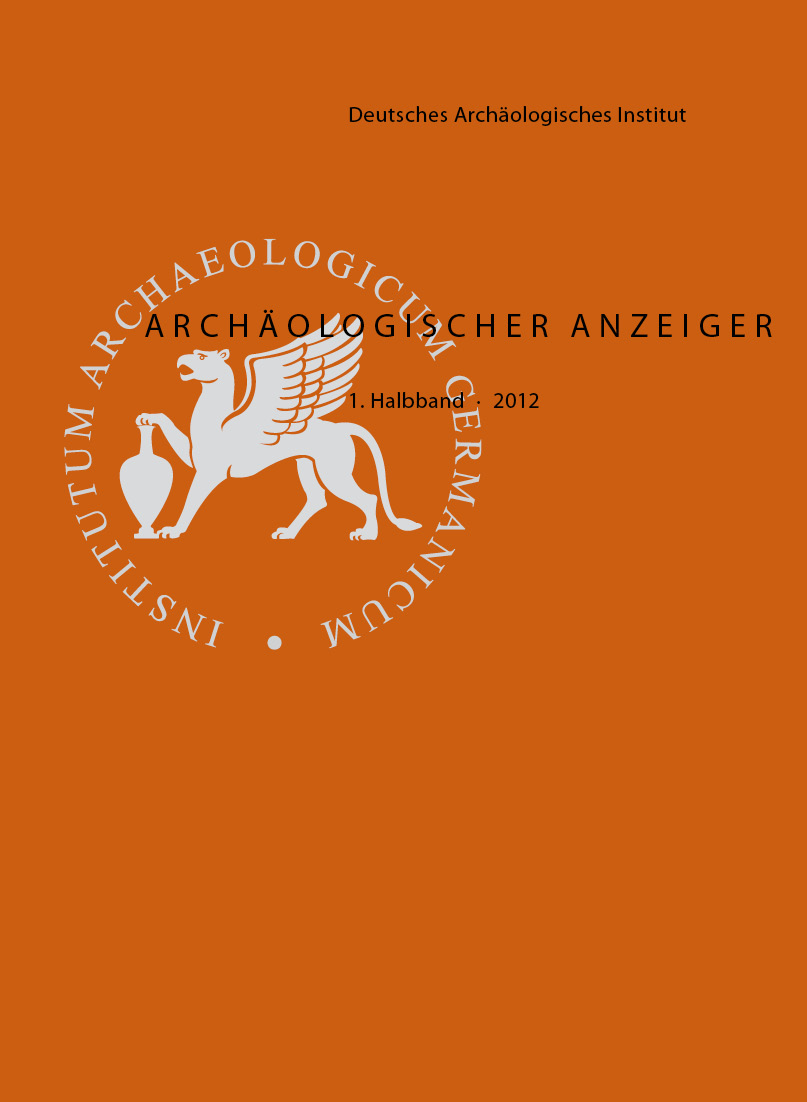Fieldwork at Gordion 1950–2012
https://doi.org/10.34780/d34a-ffq1
Abstract
Some of the most dramatic new discoveries in Anatolia have been made at Gordion, the Phrygian capital that controlled much of central Asia Minor for over two centuries and interacted continually with Lydia, Greece, Assyria, Persia, and the Syro-Hittite realm of Tabal, among others. Although for many years its topographical development was regarded as relatively well understood, a recently revised analysis of the site’s chronology has trans- formed what had been interpreted as a Cimmerian attack of ca. 700 B.C. into a conflagration possibly related to new construction that occurred 100 years earlier. As a consequence, the chronology of Phrygian architecture, ceramics, and artifacts has changed dramatically, as has our understanding of the history and archaeology of central Anatolia during the Iron Age. This article presents the most important discoveries that have been made at Gordion since the beginning of fieldwork in 1950, with an emphasis on the material of Phrygian date (ca. 950–330 B.C.).
Keywords:
Gordion, Phrygians, Midas, mosaics, tumuli





